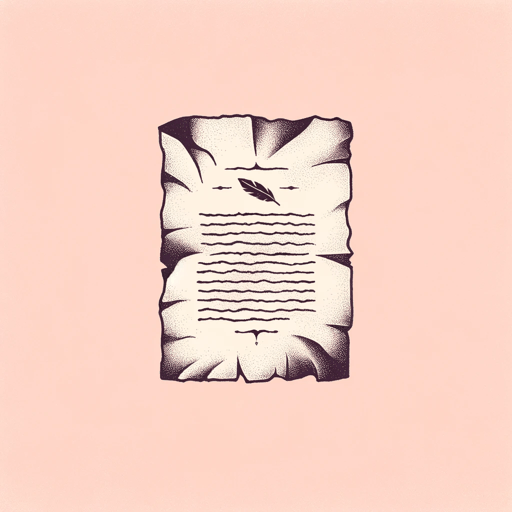26 pages • 52 minutes read
Edgar Allan PoeThe Purloined Letter
Fiction | Short Story | Adult | Published in 1844A modern alternative to SparkNotes and CliffsNotes, SuperSummary offers high-quality Study Guides with detailed chapter summaries and analysis of major themes, characters, and more.
Literary Devices
Allusion
An allusion is a casual reference to another work of literature, a historical event, a piece of popular knowledge, etc. “The Purloined Letter” contains several. Dupin uses allusion to explain his methods of solving the case. He begins by alluding to the physician John Abernethy while speaking to emphasize the importance of taking advice. He also alludes to Rochefoucauld, La Bruyère, Machiavelli, and Campanella. He quotes and references the French cynic Chamfort, saying, “Il y a parier […] que toute idée publique, toute convention reçue, est une sottise, car elle a convenu au plus grand nombre” (It is safe to wager that every idea that is public property, every accepted convention, is a bit of stupidity, for it has suited the majority) (17). These allusions highlight Dupin’s intelligence and unconventional methods of investigation. Some also hold thematic significance; for example, Machiavelli is best known for his discussion of how rulers should maintain their authority—i.e., The Nature and Exercise of Power.
Analogy
Dupin himself provides an explanation of his use of analogy—a kind of extended metaphor typically used to illustrate a point—when he states that “[t]he material world […] abounds with very strict analogies to the immaterial; and thus […] metaphor, or
Related Titles
By Edgar Allan Poe

A Dream Within a Dream
Edgar Allan Poe

Annabel Lee
Edgar Allan Poe

Berenice
Edgar Allan Poe

Hop-Frog
Edgar Allan Poe
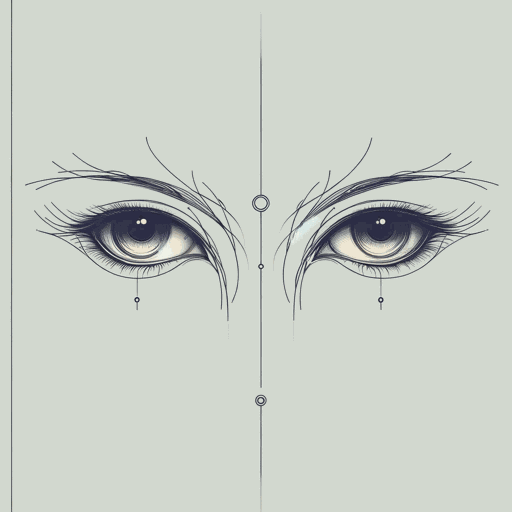
Ligeia
Edgar Allan Poe

Tamerlane
Edgar Allan Poe

The Black Cat
Edgar Allan Poe

The Cask of Amontillado
Edgar Allan Poe
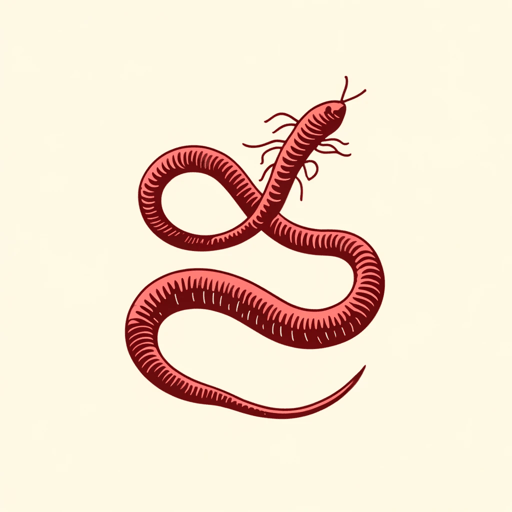
The Conqueror Worm
Edgar Allan Poe
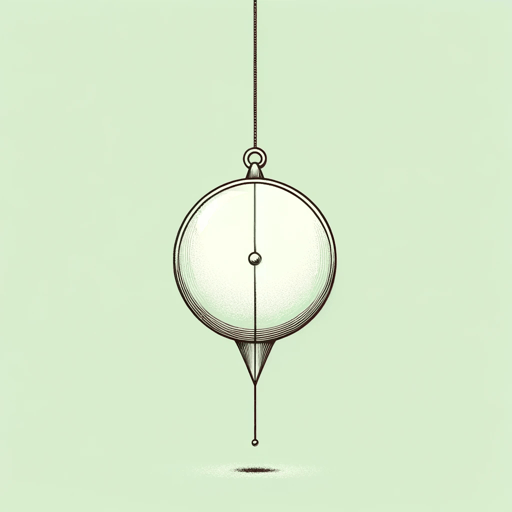
The Facts in the Case of M. Valdemar
Edgar Allan Poe

The Fall of the House of Usher
Edgar Allan Poe

The Gold Bug
Edgar Allan Poe

The Haunted Palace
Edgar Allan Poe

The Imp of the Perverse
Edgar Allan Poe

The Lake
Edgar Allan Poe
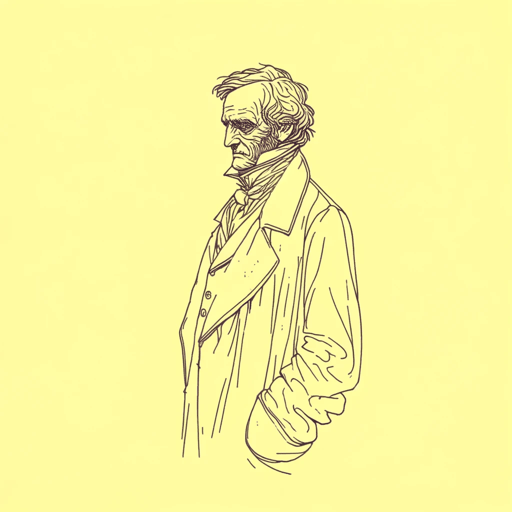
The Man of the Crowd
Edgar Allan Poe

The Masque of the Red Death
Edgar Allan Poe

The Murders in the Rue Morgue
Edgar Allan Poe

The Narrative of Arthur Gordon Pym of Nantucket
Edgar Allan Poe

The Oval Portrait
Edgar Allan Poe
